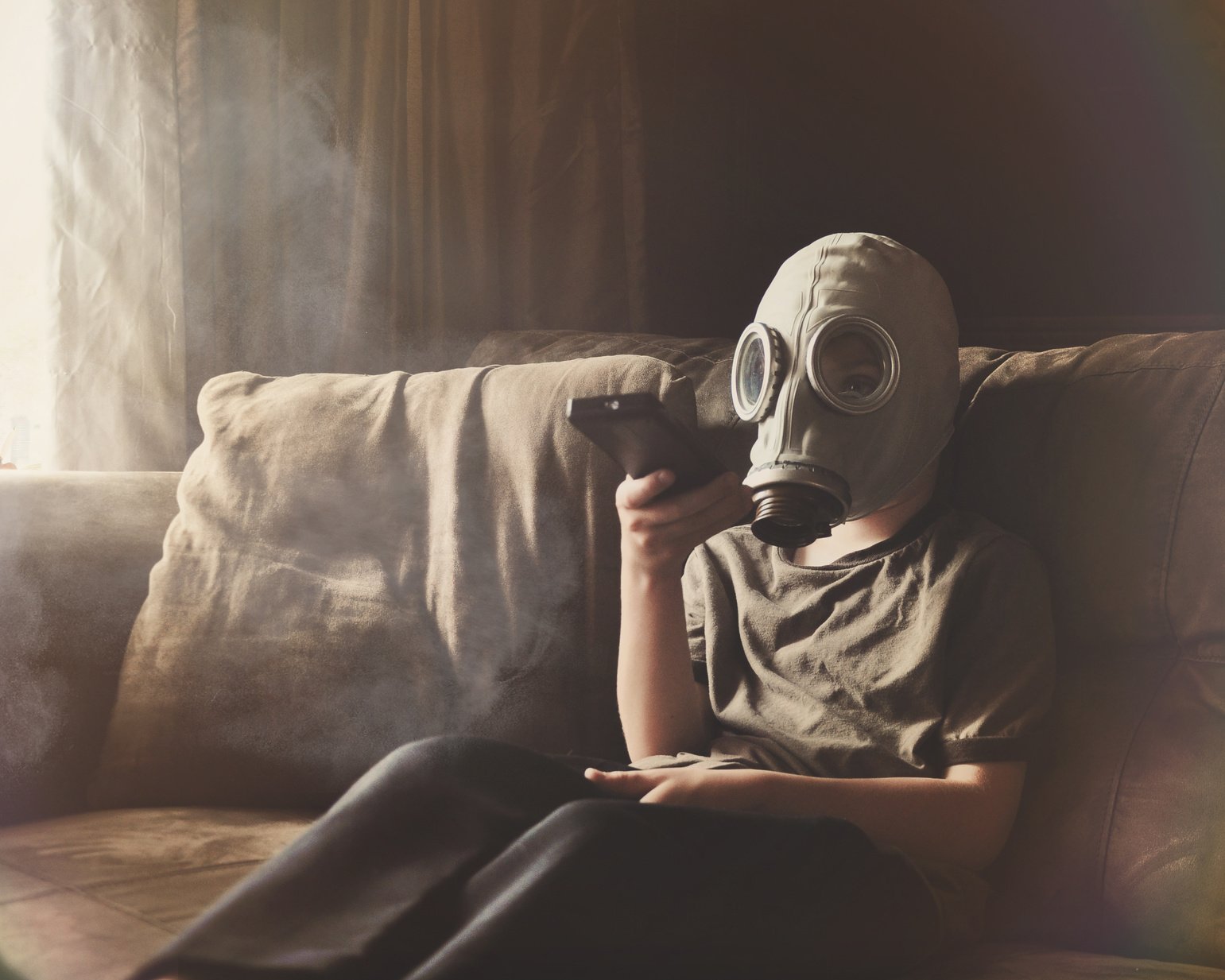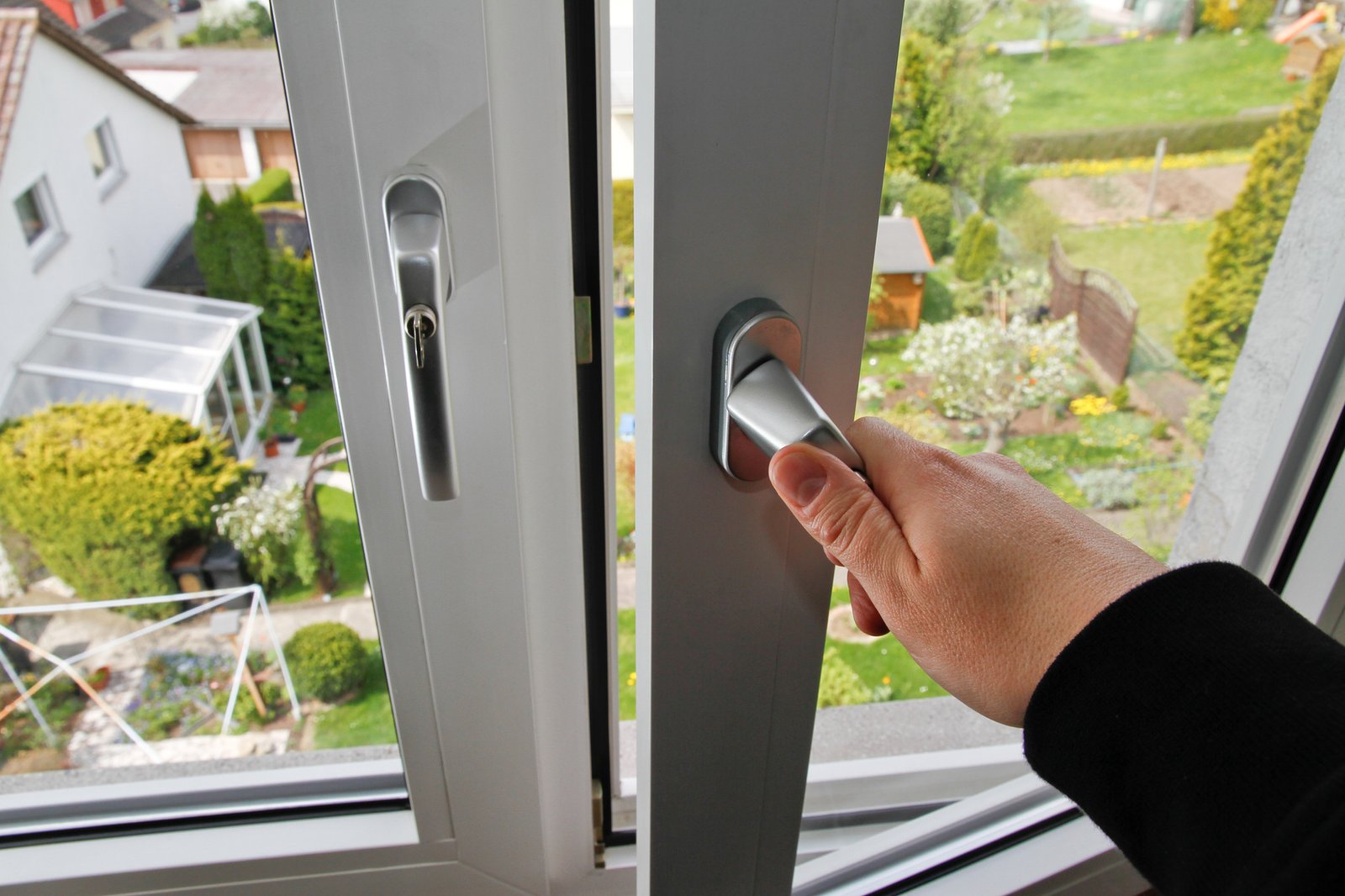How to improve air quality in your home

When we think about air quality we tend to think about outdoor air pollution but we rarely think about indoor air quality. Poor air quality outdoors and indoors can cause many health problems such as irritation of throat, eyes and nose, headaches, allergies and asthma. As we spend most of our time indoors, air quality in our homes and offices should be controlled and improved to protect our health.

Sources of indoor pollution include smoke from cigarettes and other tobacco products, biological pollutants such as pollen, viruses and bacteria carried by humans and pets, mould, and building materials and furniture containing asbestos, formaldehyde, volatile organic compounds (VOCs) and lead. You can read more about furniture containing formaldehyde in this post and learn about VOCs and how to avoid them by using eco-friendly paints in this other post.
Another aspect that increases indoor pollution is inappropriate ventilation. We usually enclose ourselves in buildings as a protection from outdoor weather and air pollution. You might be surprised to know that this is actually very harmful to your health. As we have many sources of indoor pollution that can’t be completely eliminated (especially biological pollutants), it is important to have proper ventilation that can renovate the air inside and prevent accumulation of polluting substances to harmful levels. Natural ventilation can be easily improved by combining windows and other openings within your home to facilitate air flow, as we explain in this post. Now let’s learn some ways to reduce indoor pollution below:
1. Mould and ventilation
Ventilation is also good to prevent mould, another indoor pollutant. It does so by removing humidity, which is the main factor that causes mould. Besides improving ventilation, you should also wipe any damp or wet indoor surface as soon as possible. Don’t use carpets where moisture can’t be avoided, such as close to sinks. Remove any mould you find in hard surfaces with water and detergent and dry them; get rid of materials with mould if it can’t be removed. You can take this interactive mould house tour to learn more about how to avoid mould and know what the common places it grows on are.

3. Cleaning the floor
Cleaning your house frequently is another way to improve indoor air quality. Use vacuum cleaners with HEPA filters (High-Efficiency Particulate Air) and clean the filters regularly as instructed in the user manual. You should vacuum your home two or more times a week, depending on how many occupants and pets you have at home as a higher flow of occupants tends to increase the level of pollutants. You can use a wet microfiber mop to remove dust left behind by vacuum cleaners on hard floor surfaces. You don’t need any liquid except for water as some cleaning products release pollutants like VOCs and might worsen air quality indoors. You can use wet mops on carpets and rugs, but they have to be completely dried immediately after mopped to avoid mould, so we don’t recommend doing this.

3. Avoid bringing dirt inside
The best way to avoid bringing dirt from outdoors inside is taking off your shoes by the entrance of your home. Have some comfortable slippers or flip flops by the entrance for your family and guests to use only indoors. If you don’t want to ask your visitors to take off their shoes, you can have large floor mats on both sides of your entrance door so they can wipe their shoes and reduce the pollutants brought inside your home.
4. Don’t smoke inside
Pollutants from tobacco products are absorbed by carpets, sofas, and curtains and stay in the air much longer after a cigarette is finished, even for days. This is called third-hand smoke and is the reason why you should not smoke indoors, even if no one else is inside. Third-hand smoke can cause many respiratory problems and negatively affect children development. The best solution for your health would be to stop smoking, but if you are not able to quit now you should at least stop smoking indoors immediately, especially if you have kids at home.

5. Natural cleaning products
Cleaning products such as air fresheners, sprays and laundry detergents can be a source of VOC emission. It is hard to determine which products are totally safe or not by reading the labels as manufacturers are not forced to inform this, but you will be always safer with natural products. Avoid products with artificial fragrances, aerosol sprays and furniture polish. Use warm water with baking soda to clean surfaces and sliced lemons or cinnamon sticks, for example, to give your home a natural pleasant scent.

As you see from our tips, you can easily improve air quality in your home by making use of natural ventilation, cleaning your home often, reducing the dirt you bring inside, not smoking indoors, and favouring natural cleaning products. These actions can significantly contribute to your family’s health and well-being as air quality has an important impact on our physical and mental health. Start following our 5 tips above and Green It Yourself… Now!







Great article! What most people don’t realize is the importance of waterproofing your roof in order to ensure good air quality in the house. Damp and mould can be detrimental to our health, and a professional fixing of waterproof roofing can ensure it never becomes a problem!